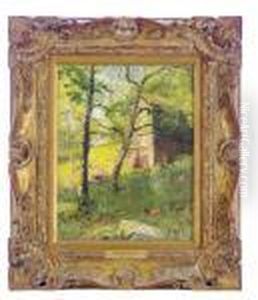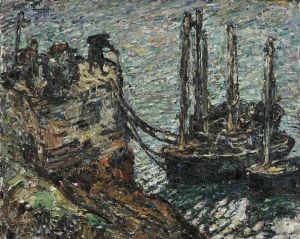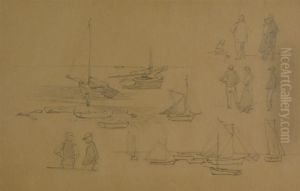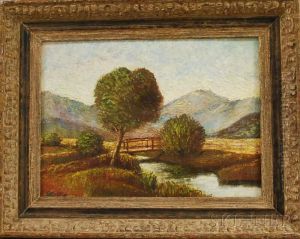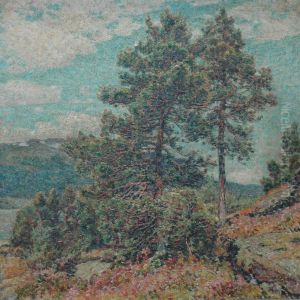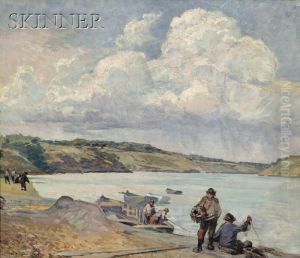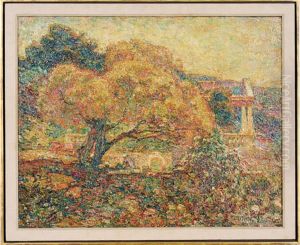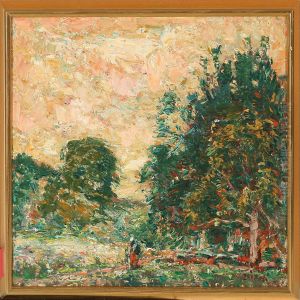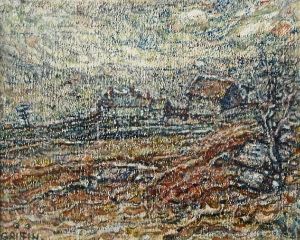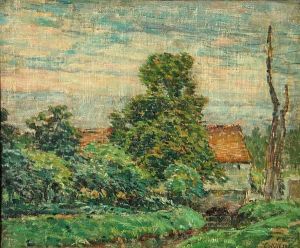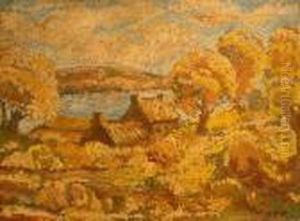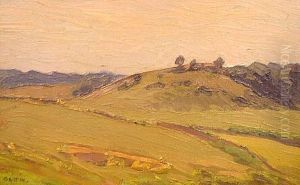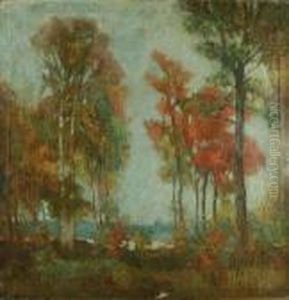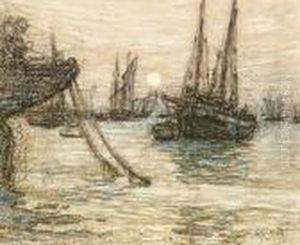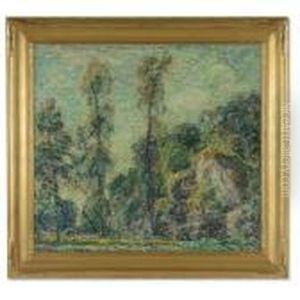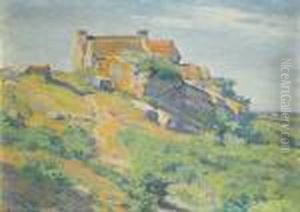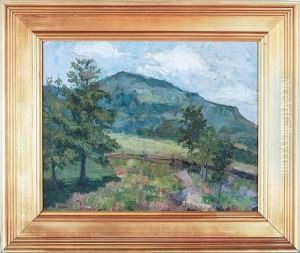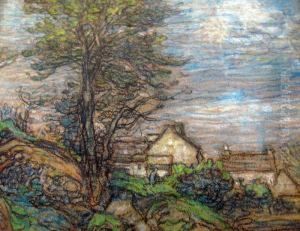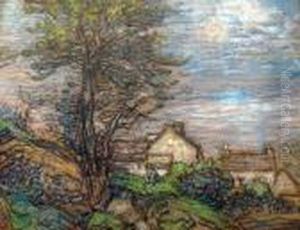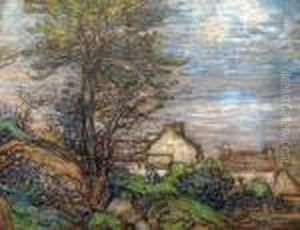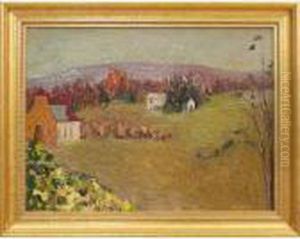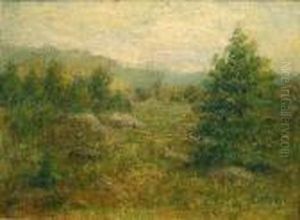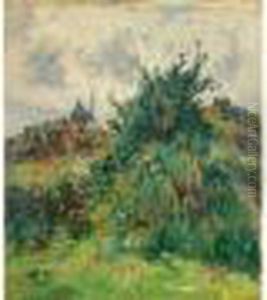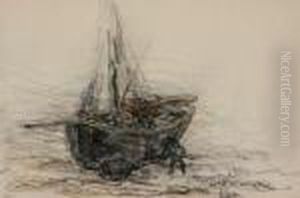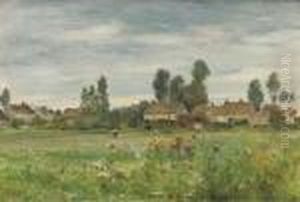Walter Parson Shaw Griffin Paintings
Walter Parson Shaw Griffin was an American Impressionist painter, known for his vibrant landscapes and cityscapes. He was born on September 14, 1861, in Portland, Maine. Griffin showed an interest in art from an early age, and his talent was encouraged by his family. He began his formal art education at the School of the Museum of Fine Arts, Boston, and later at the Académie Julian in Paris, where he was influenced by the French Impressionists.
Griffin’s early work was characterized by dark tonalities, but after his exposure to Impressionism in France, his palette became lighter and his brushwork looser, reflecting the influence of artists like Claude Monet. Upon returning to the United States, Griffin settled in Hartford, Connecticut, where he became a central figure in the local arts community.
Throughout his career, Griffin traveled extensively, painting the landscapes of Europe, North Africa, and the American East Coast. His work was well-received, and he participated in numerous exhibitions, winning several awards, including a gold medal at the Panama-Pacific International Exposition in 1915.
During the latter part of his life, Griffin faced financial difficulties and health problems. Despite these challenges, he continued to paint, producing a body of work that celebrated the beauty of the natural world with a sense of optimism and a vivid color palette. Walter Griffin's dedication to Impressionism contributed to its acceptance and popularity in the United States. He passed away on December 5, 1935, in Stroudwater, a neighborhood of his native Portland, Maine. Today, his works are held in various American museums and continue to be appreciated by art enthusiasts and collectors.
